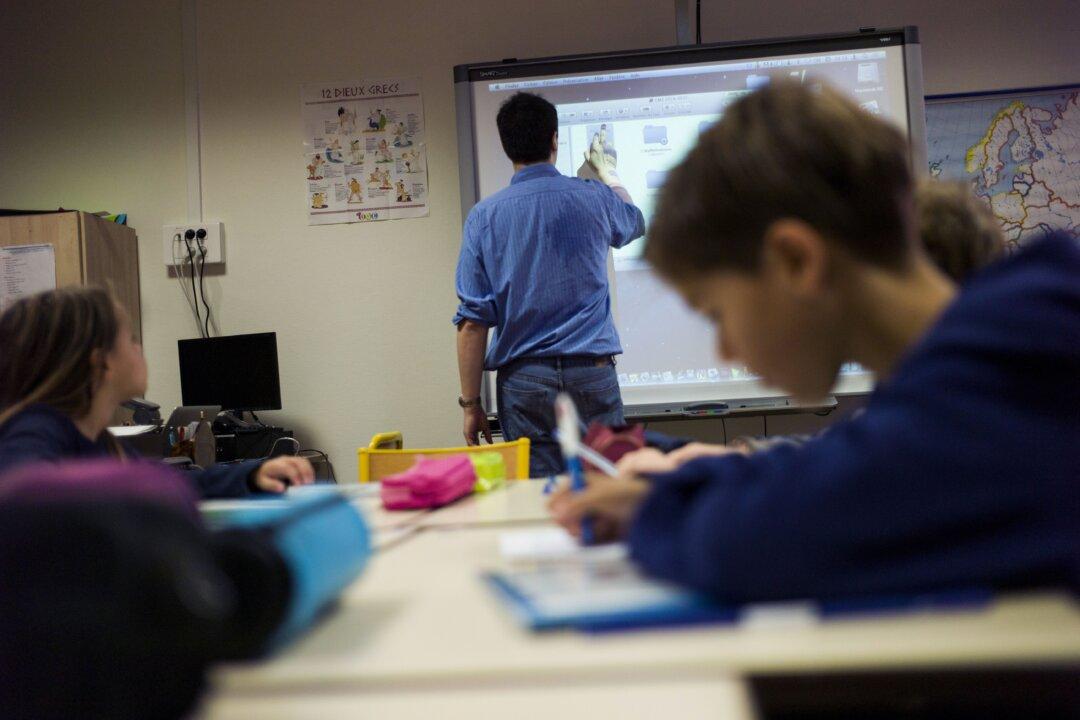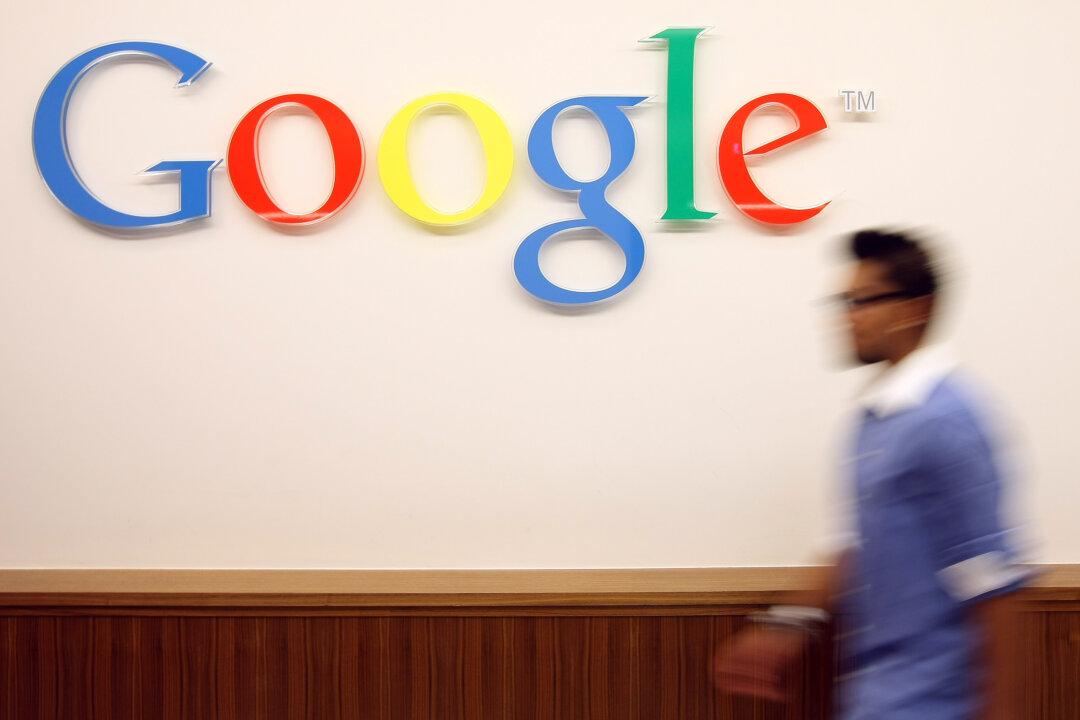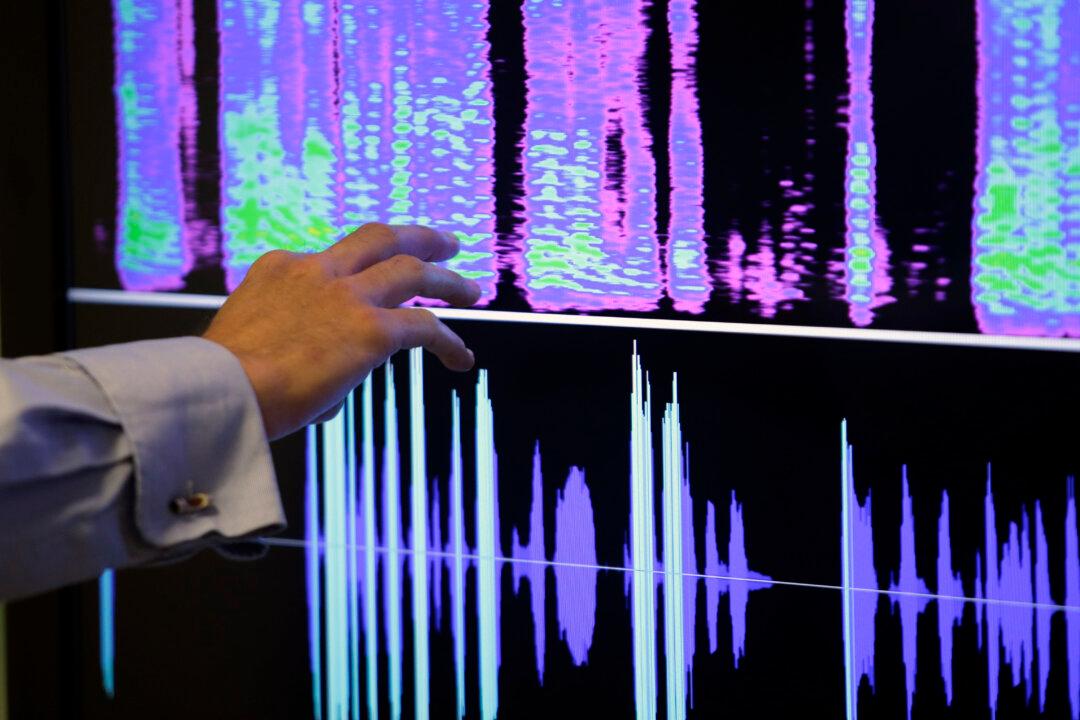TeachThought Staff
Author
LATEST
What is Mobile Teaching? 28 Simple Examples
You might want to be notified when a student accesses a quiz or reading you uploaded, or leaves a comment on another student’s blog, or shares a self-assessment. Or when a certain number of student’s answer a question correctly or incorrectly. Or when a student reaches a goal. This is one approach to mobile teaching.
|
All That You Need to Know About Google for Education (Video)
Google for Education is an ecology of digital tools from Google designed to host and distribute digital documents, communication, and collaboration through cloud-based technology.
|
Google Drive for Education Goes Free With Unlimited Storage
Okay, so we’re a little late to this one, but while no one was looking, Google Drive for Education went both free and unlimited last month, much to the delight of schools and districts that make use of its splendor.
|
Teachers Here Is a Simple iPad Model for You
In a single visual, they describe how things work–context, function, potential, and interdependence. So many emerging trends in education are, well, emerging. New.
|
Technology Use And Technology Integration, What’s the Difference?
Using technology for learning makes sense. Technology creates access, transparency, and opportunity. Any smartphone or tablet is media incarnate–video, animation, eBooks, essays, blog posts, messages, music, games. The modalities of light, color, and sound all arranged just so to communicate a message or create an experience.
|
What’s a Learning Simulation?
Clark Aldrich is an enthusiastic advocate for new learning forms, and leading thinker on the power of learning simulations and author of Learning Online with Games, Simulations, and Virtual Worlds and Unschooling Rules: 55 Ways to Unlearn What We Know About Schools and Rediscover Education. This makes him a great resources to better understand learning simulations, and how they might be used in the classroom.
|
What is Mobile Teaching? 28 Simple Examples
You might want to be notified when a student accesses a quiz or reading you uploaded, or leaves a comment on another student’s blog, or shares a self-assessment. Or when a certain number of student’s answer a question correctly or incorrectly. Or when a student reaches a goal. This is one approach to mobile teaching.
|
All That You Need to Know About Google for Education (Video)
Google for Education is an ecology of digital tools from Google designed to host and distribute digital documents, communication, and collaboration through cloud-based technology.
|
Google Drive for Education Goes Free With Unlimited Storage
Okay, so we’re a little late to this one, but while no one was looking, Google Drive for Education went both free and unlimited last month, much to the delight of schools and districts that make use of its splendor.
|
Teachers Here Is a Simple iPad Model for You
In a single visual, they describe how things work–context, function, potential, and interdependence. So many emerging trends in education are, well, emerging. New.
|
Technology Use And Technology Integration, What’s the Difference?
Using technology for learning makes sense. Technology creates access, transparency, and opportunity. Any smartphone or tablet is media incarnate–video, animation, eBooks, essays, blog posts, messages, music, games. The modalities of light, color, and sound all arranged just so to communicate a message or create an experience.
|
What’s a Learning Simulation?
Clark Aldrich is an enthusiastic advocate for new learning forms, and leading thinker on the power of learning simulations and author of Learning Online with Games, Simulations, and Virtual Worlds and Unschooling Rules: 55 Ways to Unlearn What We Know About Schools and Rediscover Education. This makes him a great resources to better understand learning simulations, and how they might be used in the classroom.
|








